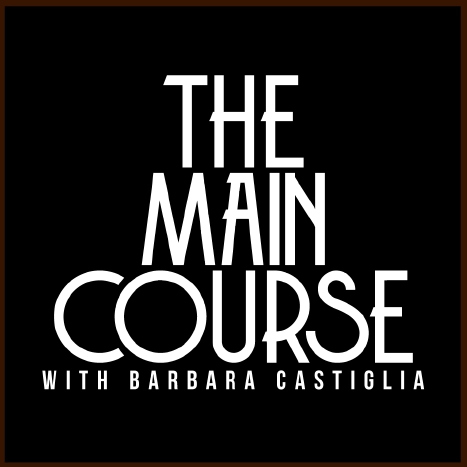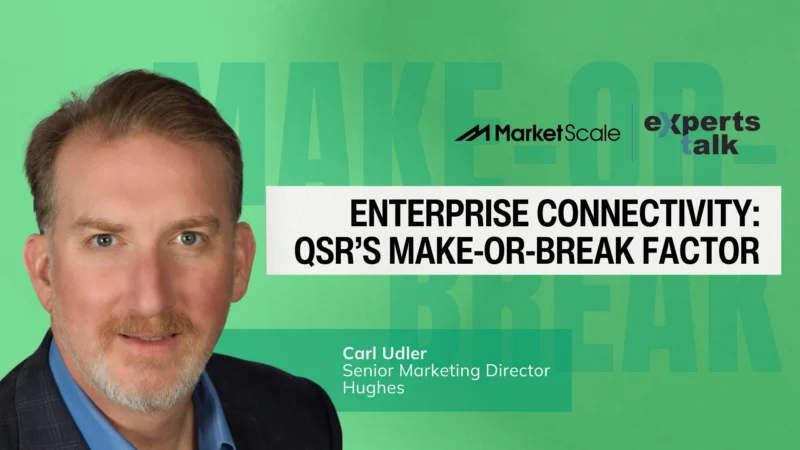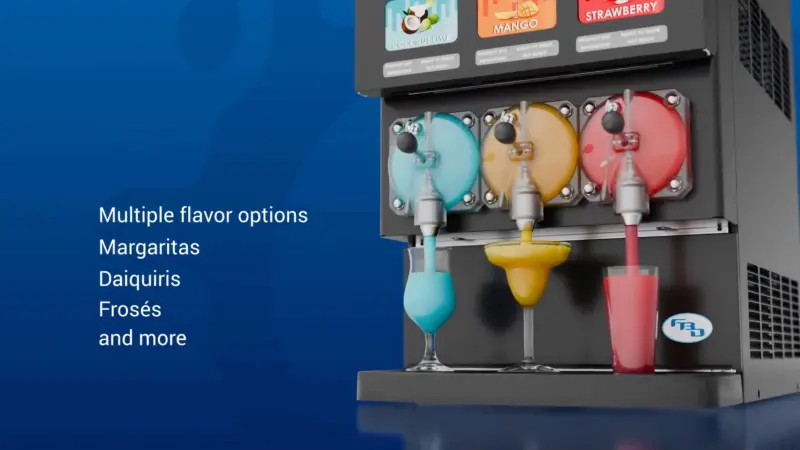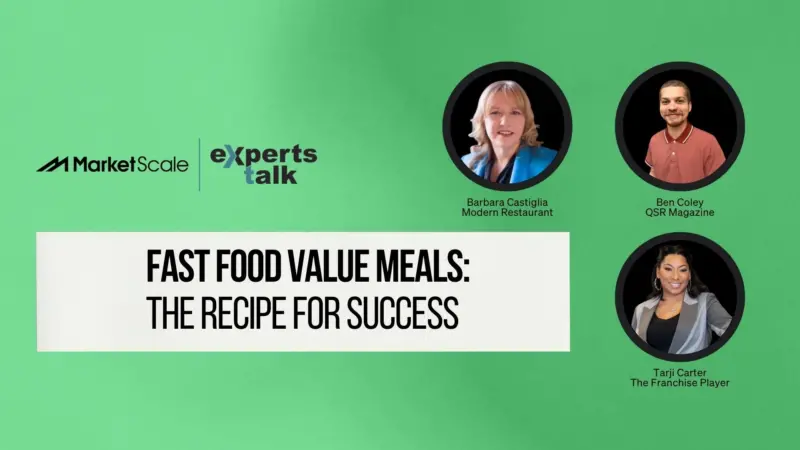Reviewing Super Bowl Food Ads: Who Scored?
Food is serious business. Now, on The Main Course, host Barbara Castiglia will invite insiders on the front lines of food to share their expertise, strategies, and forecasts for navigating the ever-changing restaurant industry.
TV advertising has evolved to meet the 21st-century consumer, but how do brands really know if they’re effective? Breaking down this question and giving a replay on how food ads did during the Super Bowl, host Barbara Castiglia spoke with Bob Kraut and Kevin Krim of EDO. EDO works with advertisers, agencies, and TV networks to drive better value for media investments.
On the company’s origins, Krim said, “The idea was a realization that consumers are interacting with TV ads in the same way as digital ones; it was just harder to know the response.”
The secret to EDO’s data-driven insights is that they monitor advertising and what happens on search engines immediately following them to develop a response rate. This data then helps brands understand which creative and programs deliver the best ROI.
Krim, the company’s CEO, and Kraut, a strategic advisor, and former CMO at Papa Johns, talked about how the big game’s food brand ads performed.
Krim shared some insights on Super Bowl ads. “The competitiveness of the game does impact engagement. A competitive one gets better results. It’s the best single event on TV for engagement. So much so, a company would have to buy 140 primetime spots to get the same results.”
There six food brands with ads—Door Dash, Uber Eats, Jimmy Johns, Chipotle, Pizza Hut, and McDonald’s. The winner? Door Dash.
Krim explained its success. “It was early in the first quarter so good placement. It had the elements that matter. It was relevant, creative, and authentic.”
Uber Eats had less success, ranking at the bottom. The creative was a little off and didn’t resonate.
Next was Jimmy Johns, new to the Super Bowl. Kraut said, “It was strategically smart with the message of we are your neighbors. They expanded from their fast delivery messaging.”
Chipotle was third with the only purpose-driven ad. Following were Pizza Hut and McDonald’s, which both had pre-kick ads.
Kraut, a former Pizza Hut leader, noted, “Pizza Hut has always been pre-kick. Even though they are the official pizza of the NFL, the ad didn’t feature any content relating to football.”
The full assessment of Super Bowl LV ads is available on the EDO website.
A New Episode is Served Up Every Tuesday and Thursday!
Follow us on social media for the latest updates in B2B!
Twitter – @MarketScale
Facebook – facebook.com/marketscale
LinkedIn – linkedin.com/company/marketscale




